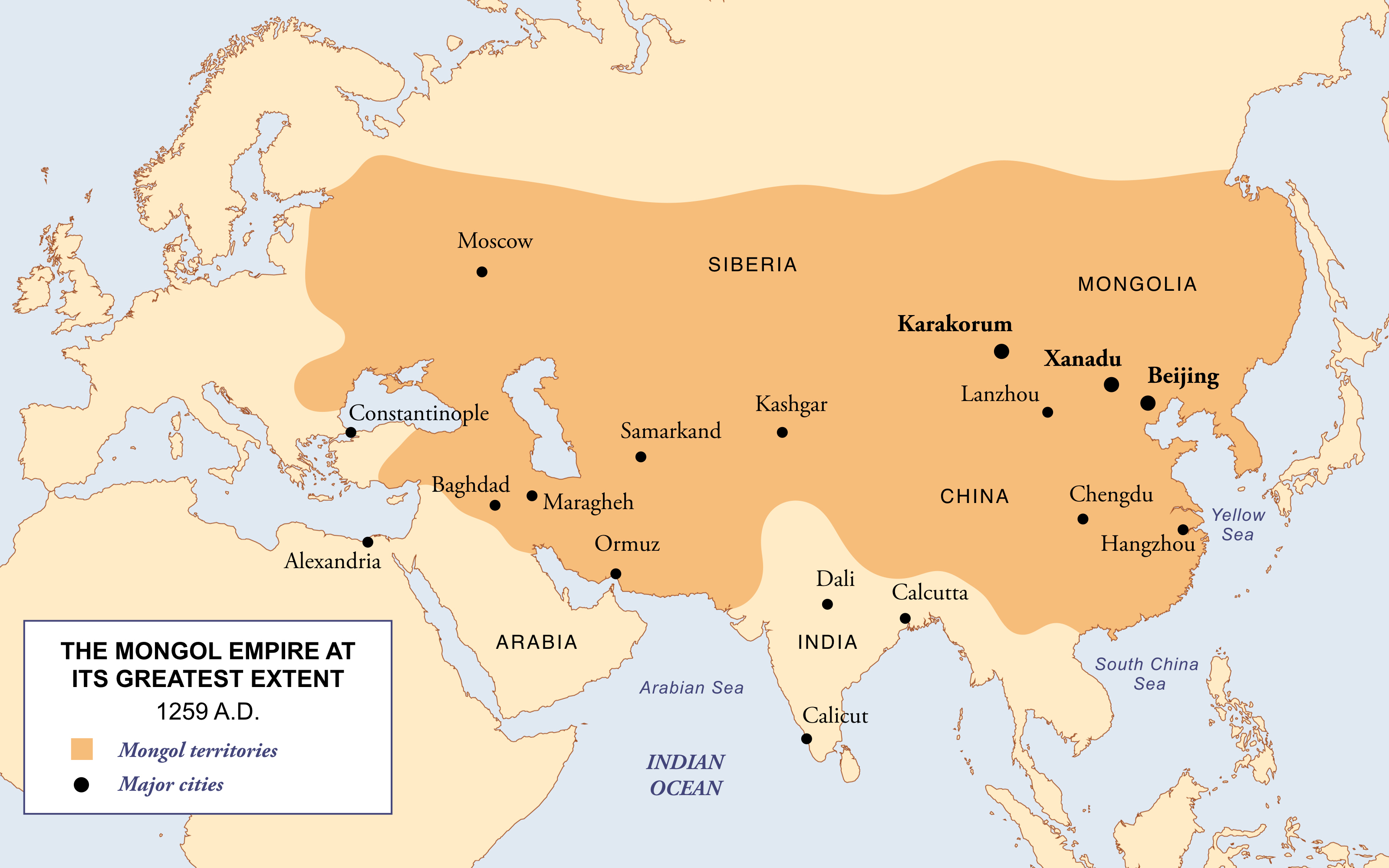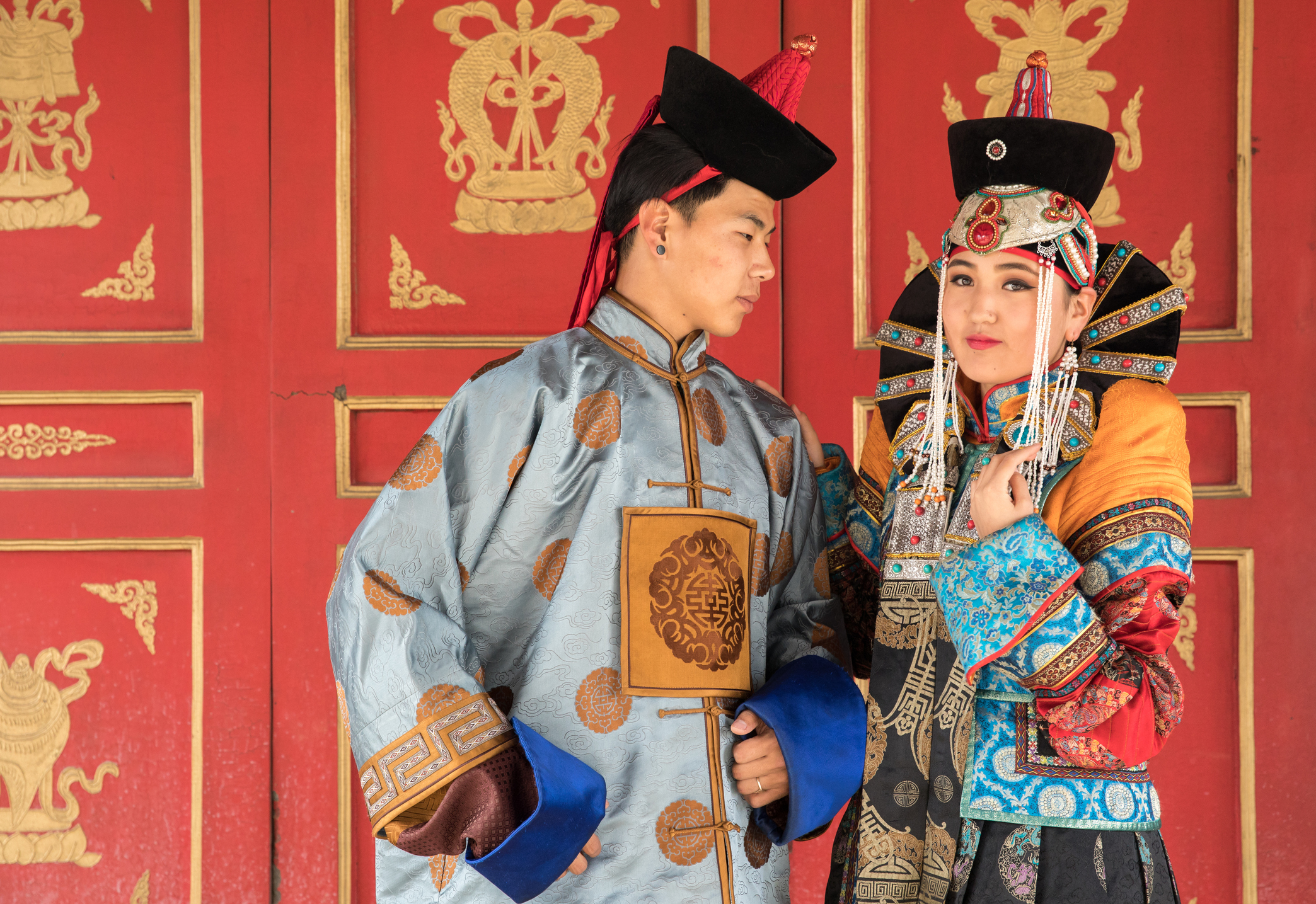Request A Car Rental
Travelling to Mongolia and need a car rental plus extra equipments?
Is Mongolia Part of China? Exploring the History and Relations Between the Two Nations
Is Mongolia part of China? This question often arises due to the complex historical ties and cultural similarities between the two regions. In this blog post, we will delve into the intriguing relationship between Mongolia and China by examining their histories, politics, cultures, and economies. By the end, you’ll have a better understanding of the unique aspects that define these two regions and their interconnections.
Key Takeaways
- Mongolia and Inner Mongolia are distinct nations with a shared cultural heritage.
- The Mongol Empire’s fragmentation, the Yuan Dynasty, and Han migration have all contributed to their current relationship.
- Modern politics and international relations between the two countries are shaped by economic interdependence, language policies & controversies, traditional customs & practices, as well as initiatives such as Mongolia’s “Third Neighbor Policy”.
The Distinction Between Mongolia and Inner Mongolia

Mongolia and Inner Mongolia are often confused due to their geographical proximity and shared cultural heritage. However, they are, in fact, separate entities with distinct political statuses. Mongolia is an independent nation in Central Asia, while Inner Mongolia is an autonomous region and part of China. From a geographical standpoint, a significant portion of Mongolia lies adjacent to Inner Mongolia in the south, which is sometimes referred to as Southern Mongolia. This select region connects with Russia in the north, and northern China shares its borders with Inner Mongolia as well.
In terms of political systems, Mongolia operates as a multiparty parliamentary system, whereas the Inner Mongolia Autonomous Region is an autonomous region within the People’s Republic of China, home to a significant population of ethnic Mongols. Regardless of their contrasting political structures, the two regions are united in their rich cultural heritage. Mongolia, in particular, draws numerous tourists keen on exploring its expansive landscapes, dynamic nomadic culture, and the hospitality of the locals.
Historical Ties: The Mongol Empire and its Fragmentation

The historical ties between Mongolia and China can be traced back to the 13th century when:
- The Mongol Empire, established by Genghis Khan, dominated Inner Mongolia
- The Mongol Empire played a significant role in China’s history
- The Yuan Dynasty was established in AD 1271 by Kublai Khan, Genghis Khan’s grandson
After the Yuan Dynasty collapsed, the Mongolian Empire plunged into a period of instability, marked by internal conflicts and power struggles among the princes of the Golden Horde. The southern part of Mongolia, also known as Inner Mongolia, became susceptible to external occupation, impacting the Mongolian ethnicity in the region. This historical fragmentation is a key factor in understanding the distinction between Mongolia and Inner Mongolia today.
The Yuan Dynasty
The Yuan Dynasty, established by Kublai Khan in China, was a Mongol-led dynasty that ruled from 1271 to 1368. The Mongol Empire was the largest contiguous land empire in history, founded by Genghis Khan in 1206. It was later succeeded by another powerful dynasty. The Yuan Dynasty had a profound impact on Chinese culture, introducing novel technologies, religions, and customs to the region.
Additionally, the Yuan Dynasty played a significant role in the unification of China and the expansion of its boundaries. During this era, Mongol rule fostered trade and communication over expansive territories, thereby promoting cultural exchanges and integration.
The Qing Dynasty and Han Migration
The Qing Dynasty, which followed the Yuan Dynasty, further shaped the destiny of Inner Mongolia. The Manchu-led dynasty pursued a policy of encouraging Han Chinese farmers to settle in both Mongolia and Manchuria, altering the demographics of Inner Mongolia. Eastern Inner Mongolia has a long and complex history of struggle. This battle was primarily between different Manchurian groups, which was unlike in other parts of the region where it was mainly between nomads and Chinese farmers..
The wave of Han Chinese settlers during the Qing Dynasty profoundly affected Inner Mongolia, leading to its assimilation into the Chinese Empire and subsequent incorporation into the People’s Republic of China. This Han migration also influenced the ethnic composition of the region, which still resonates in today’s Inner Mongolia.
Modern Politics and International Relations

In the contemporary era, both Mongolia and Inner Mongolia traverse distinct political terrains and confront individual challenges. Mongolia’s “Third Neighbor Policy” exemplifies its efforts to diversify its international relations beyond China and Russia. Conversely, Inner Mongolia grapples with preserving its autonomy due to its strong connections with China.
The relationships of Mongolia and Inner Mongolia with China have significantly influenced recent political events in both regions. For example, the upcoming presidential elections in Mongolia are viewed as highly momentous, given the precarious balance between democratic values and prosperity. Meanwhile, tensions between the Chinese government and Inner Mongolia have arisen over issues such as language policies and autonomy.
Mongolia's "Third Neighbor Policy"
The “Third Neighbor Policy” of Mongolia is a strategic push to encourage diversification from its two dominant neighbors- China and Russia. This policy manifests Mongolia’s intent to foster ties with various countries, like the United States, to safeguard its political autonomy and economic equilibrium.
The “Third Neighbor Policy” has been successful in building ties with countries beyond Russia and China, allowing Mongolia to strengthen its global presence and protect its national interests. This strategy has been crucial in maintaining Mongolia’s sovereignty in the face of its complex historical ties and current economic dependence on China.
Inner Mongolia's Autonomy and Challenges
Being an autonomous region within China, Inner Mongolia grapples with the task of retaining its autonomy and distinct cultural identity. Recent controversies over language policies, such as the transition of the language of instruction in Inner Mongolian schools from Mongolian to Mandarin Chinese, have sparked protests and highlighted tensions between Inner Mongolia and the Chinese government.
Despite these challenges, Inner Mongolia has managed to maintain a distinct cultural identity. Various ethnic groups, including an ethnic minority, inhabit the region, each with their own customs and traditions. These include the Mongolians, Han Chinese, and Manchus. The preservation of the traditional Mongol written script in Inner Mongolia, as opposed to Outer Mongolia’s adoption of the Cyrillic alphabet, further illustrates the region’s determination to uphold its unique cultural heritage.
Cultural Differences and Similarities

While Mongolia and Inner Mongolia share historical connections and some cultural facets, each possesses its unique cultural traits. Inner Mongolia has managed to preserve the traditional Mongol written script, unlike Outer Mongolia, which has adopted the Cyrillic alphabet. Inner Mongolia is a culturally diverse area, with many different ethnic groups calling it home. These include Mongolians, Han Chinese, and Manchus, each of whom bring their unique customs and traditions to the region..
In addition to these cultural distinctions, both regions also face ongoing controversies related to language policies, such as the recent protests in Inner Mongolia sparked by the Chinese government’s new policy advocating Mandarin-language education. These cultural differences and similarities underscore the complex relationship between Mongolia and Inner Mongolia, as well as the challenges they face in preserving their unique identities.
Language Policies and Controversies
The cultural landscape of both Mongolia and Inner Mongolia has been significantly shaped by language policies and controversies. In Inner Mongolia, the Chinese government’s recent announcement of a new policy advocating Mandarin-language education has ignited protests and raised concerns among ethnic Mongolians about the potential erosion of their cultural identity.
Inner Mongolia’s bilingual education system, which requires street signs, commercial outlets, and government documents to display both Mongolian and Chinese, has remained unchanged. However, critics argue that the new language policy could further marginalize the Mongolian language and contribute to the assimilation of ethnic Mongolians into Han Chinese culture, potentially undermining the effectiveness of Mongolian language education.
Traditional Customs and Practices
The shared historical and cultural heritage strongly influences traditional customs and practices in Mongolia and Inner Mongolia. The majority of Mongols practice Tibetan Buddhism, with the Gelug school being particularly influential in Mongolia since its adoption in 1581. Nomadic pastoralism also remains an important aspect of Mongolian culture, despite ongoing challenges faced by herders in both regions due to state environmental policies and land disputes.
Although both Mongolia and Inner Mongolia have experienced assimilation pressures from their respective governments, they have managed to preserve their unique customs and traditions. This resilience is evident in their continued practice of traditional festivals, religious observances, and the maintenance of their distinct written languages.
Economic Interdependence and Cooperation

China and Mongolia share substantial economic interdependence and cooperation, with China standing as Mongolia’s principal trading partner and accounting for nearly 90% of Mongolia’s exports. Mongolia’s economy is heavily reliant on trade with China, particularly in the minerals sector, making it vulnerable to changes in the Chinese economy.
This economic interdependence has consequences for both Mongolia and Inner Mongolia. China’s reliance on Inner Mongolia for energy and raw materials contributes to the region’s economic development and integration into the Chinese economy. Likewise, Mongolia’s dependence on China for investment and access to markets has shaped its economic policies and strategies, such as the “Third Neighbor Policy”.
Mongolia's Economic Dependence on China
The fact that China purchases roughly 90% of all Mongolian exports clearly demonstrates Mongolia’s economic reliance on China. This reliance on trade with China, especially in the minerals sector, has had significant consequences for Mongolia’s economic stability, political independence, and cultural individuality.
As a result, Mongolia has pursued strategic initiatives, such as the “Third Neighbor Policy,” to diversify its international relations and lessen its dependence on China. By cultivating relationships with other countries and reducing its reliance on China, Mongolia aims to secure its political independence and economic stability.
Best itinerary for a trip to China and Mongolia
For travelers interested in experiencing the unique cultural and historical ties between China and Mongolia, a variety of itineraries are available, depending on personal preferences and time constraints. Popular options include the China Golden Triangle and Mongolia tour, the Ultimate China and Mongolia tour, and the Best of China and Mongolia tour.
The China Golden Triangle and Mongolia tour takes travelers to Beijing, Xi’an, and Ulaanbaatar, featuring visits to iconic sites such as the Great Wall of China, the Forbidden City, the Terracotta Warriors, and the Genghis Khan Mausoleum.
The Ultimate China and Mongolia tour, perfect for those looking to visit Mongolia, extends the itinerary to include the Gobi Desert and the Flaming Cliffs.
The Best of China and Mongolia tour offers a comprehensive journey through both countries, additionally including visits to the Yurts of the Mongolian Steppe.
Inner Mongolia's Role in China's Economy
Inner Mongolia holds a pivotal role in China’s economy, serving as a primary source of energy and raw materials, and significantly contributing to China’s Gross Domestic Product. The economic interdependence between China and Inner Mongolia is evidenced by China’s reliance on the region for resources, and Inner Mongolia’s reliance on China for investment and access to markets.
This economic cooperation extends beyond trade, with the two countries having a number of economic agreements in place, such as the China-Mongolia Free Trade Agreement established in 2011. Such agreements and cooperation efforts further highlight the interconnectedness between Mongolia, Inner Mongolia, and China, and their mutual reliance on one another for economic growth and stability.
Summary
In conclusion, while Mongolia and Inner Mongolia share historical ties, cultural similarities, and economic interdependence with China, they maintain distinct identities and navigate unique political and cultural landscapes. Through examining their histories, politics, cultures, and economies, we have gained a better understanding of the complex relationship between these two regions and their connections with China. As Mongolia and Inner Mongolia continue to face challenges and opportunities in the 21st century, their resilience and adaptability will be crucial in preserving their unique cultural heritage and fostering a sustainable future.
Frequently Asked Questions
Is Mongolia controlled by China?
Mongolia is a separate country with its own distinct culture and history, whereas Inner Mongolia is an autonomous region of the People's Republic of China. Mongolia offers more opportunities for adventure tourism while Inner Mongolia is more focused on cultural tourism, but both are part of the same region and under Chinese law. Therefore, Mongolia is not controlled by China.
Why did China give up Mongolia?
China had to reluctantly accept the independence of Mongolia after the Second World War due to Soviet pressure at a trilateral meeting between British, Soviet and US leaders. However, this recognition was revoked in 1953 when the Communists won the Chinese Civil War, subsequently re-recognizing Mongolia's independence status.
When did China lose Mongolia?
In 1911, Mongolia declared independence from the Chinese Empire and Chinese forces were expelled from the area in 1921, marking China's last major territorial loss.
Is Mongolia a US ally?
Mongolia is a global partner of the NATO alliance, which the U.S. is a founding member of, and there is an active Peace Corps presence in Mongolia. These facts demonstrate that Mongolia and the U.S. have a strategic partnership and strong security cooperation, making Mongolia an ally of the United States.
What is Mongolia's "Third Neighbor Policy"?
Mongolia's "Third Neighbor Policy" is an initiative designed to broaden its international alliances beyond China and Russia by forming diplomatic, economic, and cultural ties with other countries.
Request A Car Rental
Travelling to Mongolia and need a car rental plus extra equipments?




